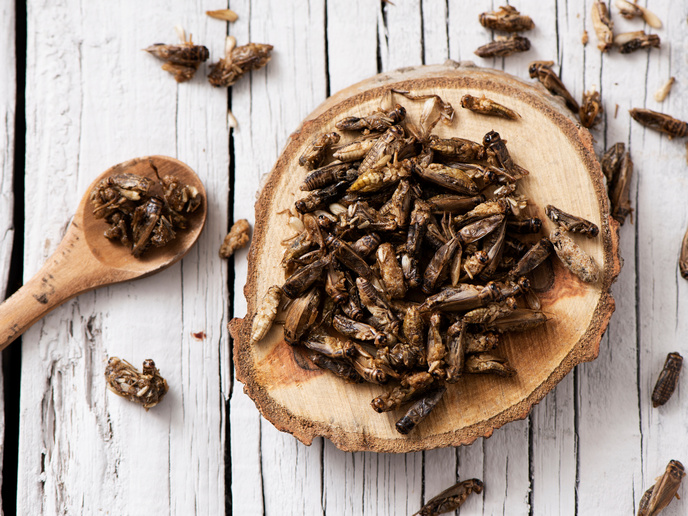Getting to grips with glycosylation
Many organisms have proteins modified to carry a carbohydrate molecule known as O-linked N-acetylglucosamine (O-GlcNAc). Regulated by enzymes that can add or remove O-GlcNAc molecules – O-GlcNAcases (OGAs) and O-GlcNAc transferases (OGTs) – this process facilitates proper protein function. A disruption of O-GlcNAc levels within the cell has been linked to various diseases, and scientists have hypothesised that pathogens may be involved. It is known that bacteria can inject so-called virulence factors into host cells to disrupt normal protein function, and that some bacteria can glycosylate their own proteins. Researchers on the EU-funded project SUGABACT (The role of O-GlcNAc in bacterial signal transduction and virulence) have therefore searched for bacteria that contain OGAs and OGTs. Using sequence databases, researchers identified eight bacteria that contain both enzymes. One of the bacteria identified is a thermophile, meaning it thrives at high temperatures. The researchers confirmed that this organism glycosylates some of its own proteins, and they have cloned and expressed 5 out of 18 of the O-GlcNAc-modified candidates. By uncovering the role of protein glycosylation in bacteria, the SUGABACT team hope to better understand the process in other higher organisms. The research might also reveal therapeutic avenues against bacteria that may use glycosylation to disrupt normal protein function in their hosts. Important diseases implicated in disruption of O-GlcNAc levels are neurodegenerative diseases, cancer and diabetes.







